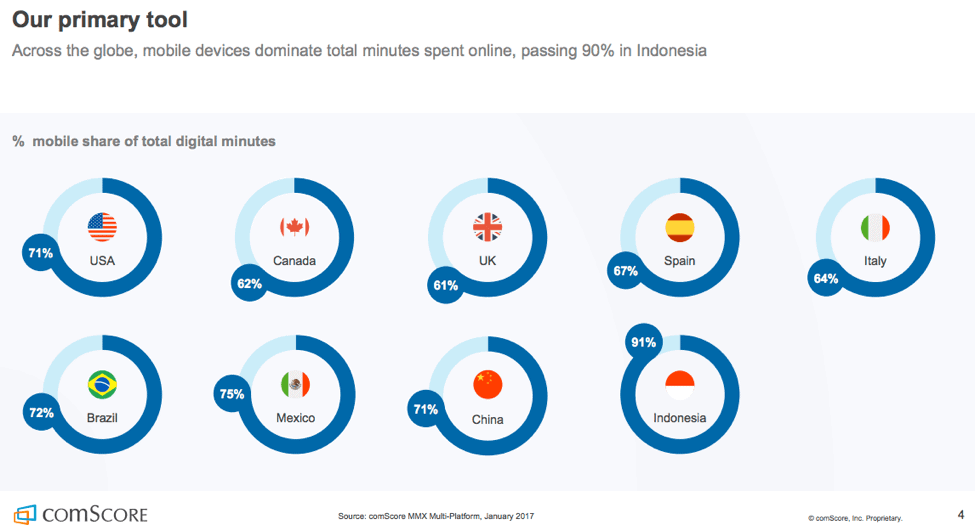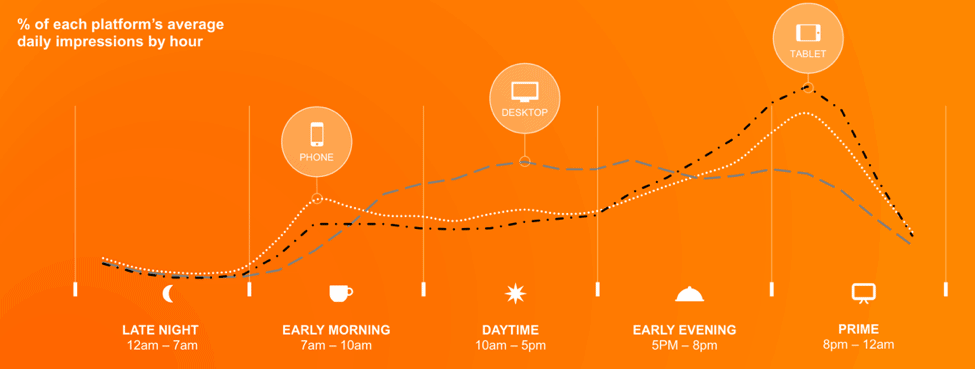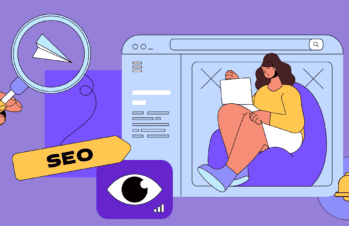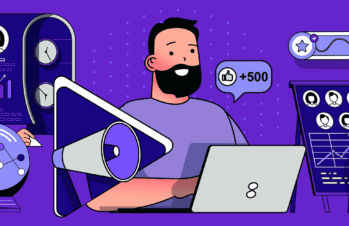Crafting a digital marketing strategy is a complex, ever-evolving undertaking. There are so many different elements that you can include: paid social ads, giveaways, influencer posts, Twitter campaigns, Instagram takeovers…the list goes on.
So with all these options, how do you know what you absolutely must do, and what’s just a nice addition? How do you know what parts of a digital marketing strategy are truly essential?
Take a look at this list to find out. Note that this list assumes that you’ve already completed the business planning portion of your strategy: setting goals and objectives, deciding on metrics, etc.
1. Powerful, original content
In today’s digital landscape, powerful, original, and valuable content is an absolute must. There are a few reasons why.
First of all, great content will vastly improve your organic search rankings in Google – in other words, how close to the top of the first page your brand will be when someone searches using relevant keywords.
Second, creating original content will give you and your fans something to share on social media. You can curate content all you want – and you should curate some, certainly – but if you don’t also have some kind of content creation efforts going, your fans are going to lose interest.
While most brands begin with a blog, that’s far from the only kind of content you can focus on. Podcasts, original image galleries, webinars, and infographics are just a few more options. Get creative and try different formats to see what kind of content fits with your brand and, most importantly, resonates with your audience.
2. Comprehensive mobile capabilities
While some industries – retail and fitness, for example – rely more heavily on mobile than others, every brand must have solid mobile capabilities if they want to attract and retain customers.
According to Smart Insights, mobile usage makes up 71% of all digital minutes in the U.S., and outweighs PC usage in 8 additional countries:

Source: Smart Insights
And mobile usage outweighs PC usage in three out of four dayparts, most importantly the “prime” daypart, defined as 8pm-12am.

Source: Smart Insights
So you can see that if you’re not working a strong mobile strategy, you could be missing out on a whole lot of potential customers.
What do you need in your mobile strategy? Today, you have to do more than just optimize your website for mobile visitors. You’ve also got to employ mobile-friendly ads, possibly offer a mobile app, and most importantly, create a seamless customer experience no matter what device those customers are on, whatever their location in the customer journey.
Remember, your mobile strategy is not simply an extension of your overall digital strategy. It needs to have something unique, some element that caters specifically to mobile visitors. Think about the company apps you like the best. They’re not just a mobile version of the company website – that would be pretty boring, right?
3. Paid social ads
While you can get a great deal of cost-free amplification by building up your social media presence organically, don’t underestimate the power of paid social ads.
For one thing, they’re set up in such a way that you can set your budget wherever you’re comfortable – even at a very low amount – to test how your ads are affecting your overall traffic and conversions.
This means that the ROI on paid social ads can be extremely high, especially if you pay close attention to your metrics each time you post one.
In addition, the advent of ultra-targeting – targeting users based not only on general demographic data, like age, gender, and location, but also by interests, activity, and countless other criteria – allows you to ensure that you’re only targeting people who are likely to be interested in what you’re selling. That means no more wasting ad dollars on people whom you know will never buy your product.
For a longer guide to paid social advertising, read our post “4 Critical Tips for Getting the Most Out of Paid Social Ads.”
4. Email marketing
Yes, the powers that be have lamented the imminent death of email marketing many times now. But every time it turns out to be a false alarm.
Email marketing is still alive and well, not to mention necessary. It’s actually one of the most effective ways to drive traffic to your site, with incredibly high ROI. According to 2015 research, for every $1 spent, the average return is $44.25.
So how do you create an amazing email marketing strategy, one that earns you more customers rather than turning them off of your brand?
Here are a few pointers.
Email regularly, but not more than 3 times per week and not less than 1 time per month.
Generally, twice a week is about right. However, some customers may actually want 3 emails a week, especially if your industry is a fast-moving one where knowing something first gives them an edge. That could be anything from when your exclusive clothing line is going on sale, or when they can get on a waiting list for a limited-edition spice blend.
Segment your audience.
Just like ultra-targeting with paid social ads, segmenting your email list allows you to better target people based on interest and activity.
For example, let’s take the above rule of emailing no more than 3 times per week. While your baseline might be sending 2 emails per week, there may be some customers – more frequent buyers, or people who click through your emails more frequently than others – who would be good candidates for 3 emails a week.
Those who shop less frequently may only want 2 emails a month, or even 1.
By segmenting this way, you lower the risk of losing customers because they think you’re emailing them too much.
Pay special attention to your subject line.
You’ve surely heard this one before, but it’s so important that it bears repeating. Your subject line is vital – a great one can mean that your open rate goes way up, while a so-so one can mean your open rate plummets.
A great subject line is one that’s specific, honest, and short – in fact, as we’ve written about before, research shows that subject lines fewer than 10 characters long have an open rate of 58%, while personalized subject lines are 22.2% more likely to be opened.
5. Strong influencer relationships
Influencers are key to growing your business online. Why? Because people trust them. In fact, this Forbes article cites research from MuseFind finding that 92% of people trust influencers more than traditional celebrity endorsements or advertisements.
When working with influencers, the keyword is “relationship.” If you want to start working with influencers, you’ve got to remember that it’s a two-way street. Your goal should be to work toward a mutually beneficial agreement, not just to have someone with a wide audience tweeting about you.
If you sell a product, one good idea for getting started with an influencer is to ask them if they’d like you to send them one of your products for a review on their blog.
That allows them to first, decline if they’re not interested; and second, if they are interested, to say what they really think without worrying about your response.
If the influencer likes you and your brand, you can continue building that relationship by sharing their content (and not just the pieces that mention your brand) across your platforms.
Ready for a deep dive into influencer marketing? Read our post “Influencer Marketing from A to Z: A Complete Guide for Businesses.”
While these 5 elements are absolute essentials for your digital marketing strategy, you shouldn’t stop there. Take your strategy to the next level – read “7 Ways to Update Your Digital Marketing Strategy Right Now.”





